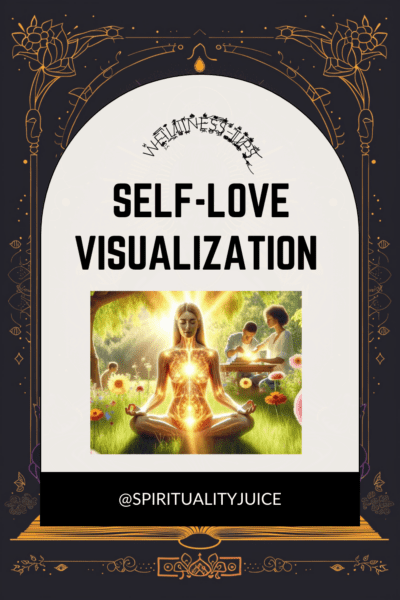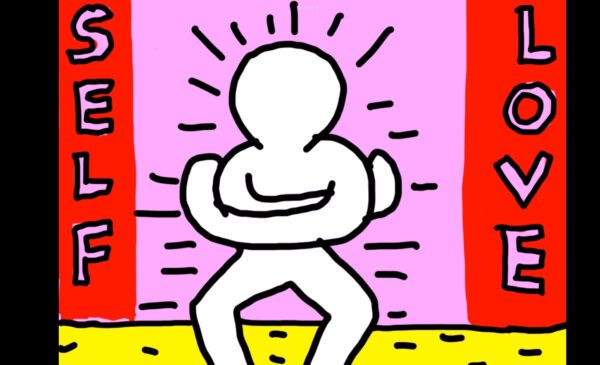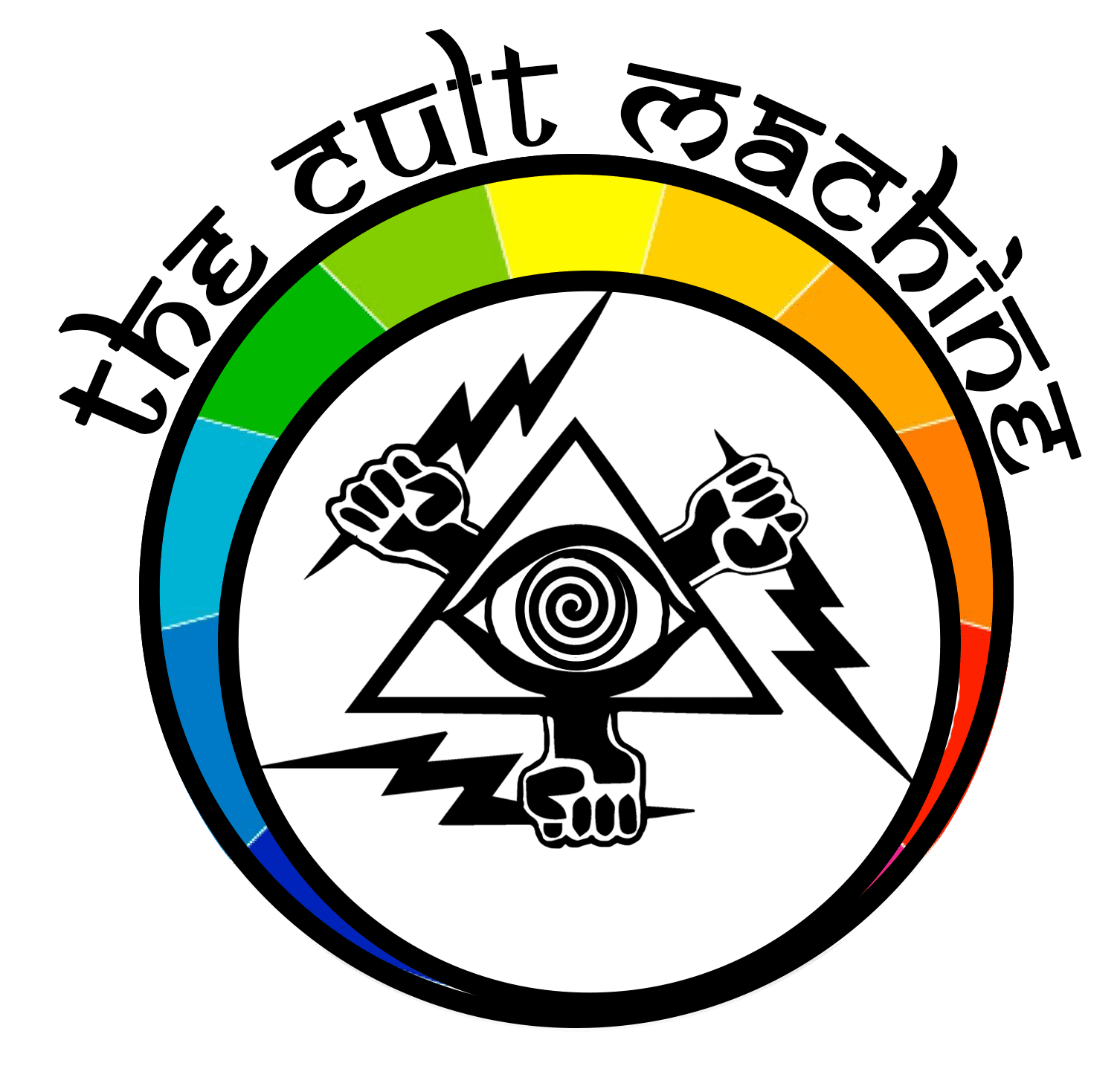The Darshanas are Perspectives, or explanatory models of reality. They attempt to provide rational responses to fundamental questions that plague the human condition: “What is the meaning of life?” “Is there a higher reality (God)?” “Is there something like a higher, eternal Worth, or does everything end with death?” “What is truth?”
I am neither the body nor the intellect; I am the self that endures forever.
Darshana is a Sanskrit word that meaning “view” or “worldview” and it is organized into four perspectives:
- Purva Mimamsa
- Vaisheshika
- Naya
- Samkhya
- Yoga
- Uttara Mimamsa = Advaida Vedanta
Darshana=Philosophy “to see or experience”
Astika 6 Schools of Indian Philosophy
The first four Hindu literature are intuitive, while the fifth is inspiring and emotive. These are the philosophical works of the Hindu tradition. The Darsanas are philosophies based on the Vedas.The Agamas are religious groups. The Darsanas are intended for scholars with subtle intelligence, strong reasoning, and penetrating comprehension. The Puranas, Agamas, and Itihasas are written for the general public. The Itihasas, Puranas, etc., appeal to the heart while the Darsanas appeal to the brain.
Shad-darsana, the six Darsanas or methods for comprehending things, also known as the six systems or six diverse schools of thought, are the six divisions of philosophy. The six philosophical schools serve as the six means of authentic instruction or the six signs of reality. Each school has created, organized, and connected the different Vedic sections in a unique way. Each system has its own Sutrakara, or the singularly excellent Rishi who organized the school’s teachings and condensed them into succinct aphorisms or Sutras.
The Sutras write in a succinct, laconic manner. The concepts of the Rishis are condensed into the aphorisms. To understand them without the assistance of commentary provided by eminent sages or Rishis is quite difficult. Bhashyakaras, or commentators, proliferated. Glossaries, notes, and then comments are present on the early annotations.
The Darsanas are divided into three pairs of poetry compositions that illustrate Vedic philosophy via a logical and scientific approach.They are the Vedanta, the Mimamsa, and the Nyaya, the Vaiseshika, the Sankhya, and the Yoga. There is a Bhashya, Vritti, Varttika, Vyakhyana, or Tika and Tippani for every set of Sutras.
1)Purva Mimamsa
Purva Mimamsa may mean either talking or thinking. Purva Mimamsa refers to the discussion and inquiry on the first portion of the Vedas. Jaimini summarized the lessons and is acknowledged as the school’s namesake.
- believing in a God who created everything
- Philosophy of Paradise and Purgatory
- Punyas = good actions; if one does enough of them, they will be reborn in a blissful state.
- Papas = If you commit enough crimes, you will burn in hell, accumulate bad karma, and be reborn into a wretched life..
- Activities, both positive and bad
- Most widely practiced and embraced in India, where it has many points of similarity to Christian thought.
- acts of repentance and contrition.
- specified practices with the goal in mind.
- Observance of Formalized Procedures.
- Norms for Maintaining Tidiness.
2)Uttara Mimamsa – Vedanta
“Uttara Mimamsa” translates to “examination of the rear portion of the Veda.” “Vedanta” translates to “end of knowledge” and refers to the understanding of the greatest truth. After this realization, there is nothing more to realize, nothing more to know, and nothing more to seek.
- Badarayana’s summary of the Vedanta Sutras: the relationship between Brahman and Atman as it relates to each other is the foundation of the Uttara Mimamsa philosophy.
- Brahman is the same as the absolute.
- Maya is synonymous with the capacity to deceive.
- Despite this, the two are never really distinct from one another; rather, they simply give the impression of being such. In point of fact, there is never anything other than Brahman.
- Analogy of waking state/dream state/deep sleep
- illusory nature of reality
- As long as our awareness continues to comprehend things in that manner, it will only seem that the world was created.
- There is nothing
3)”Nyaya” Judgement
Nyaya is among the six Astika schools of thought in India The methodical advancement of logic theory, methodology, and its tomes on phenomenology were this school’s greatest contributions to Indian philosophy.
Nyaya is a system based on logic and reason. Everything is composed of increasingly minute components known as anu, which are held together by spirit and frequency in certain formations in order to manifest.
Phases of Creation, the Science of Logical Reasoning, and the Logical Quest of the Supreme
It is a rational search for God, the Uncreated Divine. It implies that God worked with the material force “Maya” to create the universe. Nyaya Darshan is based on the premise that this world is neither desirable, knowable, nor attainable; only the Divinity (God) is. Nyaya philosophy focuses on the proper knowledge that should be acquired in human life and the methods for doing so.
4) Samkhya
Samkhya represents a school of thought in Indian philosophy that emphasizes the existence of two distinct realities. This theory holds that there are two separate principles that make up reality and the human experience.
Purusa =the soul
Prakti=active force that is Nature, including the human mind and emotions.
Purua is the awareness that acts as a witness. It cannot be put into words since it is all-encompassing, self-sufficient, and liberated from any influence or influencer. Prakriti, which is not apparent, is nature or stuff. sattva, rajas, and tamas, which are traits or intrinsic inclinations, are in harmony with its inert, inactive form.
Check out this article I wrote on how Advaita Vedanta ties in with Quantum Physics.
Prakriti is matter or nature that is not manifest. It is not doing anything and is not aware of anything. It is a balance of the three guas, which are sattva, rajas, and tamas. When prakti comes into contact with Purusha, this balance is upset, and prakti becomes visible, giving rise to twenty-three tattvas: intellect (buddhi, mahat), ego (ahamkara), mind (manas); the five sensory capacities; the five action capacities; and the five “subtle elements” or “modes of sensory content” (tanmatras), from which the five “gross elements” or “
5) Yoga
Yoga is a discipline with roots in Indus Valley civilization and Hindu religion that aims to improve one’s well-being on several levels. Although the Yoga Sutras were written by the sage Patanjali in the fourth century CE, the tradition had been passed down orally from teacher to student for much longer. This was formerly passed on one student at a time, but as yoga’s popularity in the West exploded in the twentieth century, courses with several students have emerged as the mainstream.
The Sanskrit word yuj, which means “to yoke” or “to combine,” is where the English term “yoga” originates. The goal of this practice is to bring harmony not just between one’s own self and the greater awareness of the universe, but also between one’s own body, mind, and spirit. A spiritual awakening may result from such a connection since it tends to counteract ego-driven ideas and actions.
Despite the fact that yoga has indeed been followed for several thousand years and that many various views and techniques have arisen, most people believe that the ultimate purpose of yoga is to attain freedom from suffering. Most forms of yoga, regardless of its origin, involve coordinating the body, the mind, and the breath in order to effect a change in the energy level or the state of awareness.
8 Yoga Practices associated with
- Yamas: There are five universal, ethical and moral precepts that should be followed in daily life: nonviolence, honesty, non-stealing, chastity, and non-covetousness.
- Niyamas: Observances pertaining to one’s spirituality and one’s own self-discipline include: purity, joy, psychological monastic vows, study of the literature, and devotion to God.
- Asana: bodily orientation that was initially meant to be used primarily for sitting meditation (like Zazen in Zen) but has more recently been extended to cover all physical yoga activities.
- Pranayama: Prana, often known as the vital life energy, may be controlled via a series of breathing exercises.
- Pratyahara: Withdrawal of the senses in an effort to soften the stimulus that is being received as being too stimulating.
- Dharana: the famous Single Pointed Concentration.
- Dhyana: Meditation
- Samadhi: This is the liberation reconnecting to the divine. Its like Zen Sator.
6) Uttara Mimamsa
Uttara Mimamsa is another word for Advaita Vedanta.
The intellectual analysis of the Upanishads Hindu Scriptures, which are the last portions of the Veda, is referred to as the Uttara Mimamsa. Another term for the Vedanta, which is also often referred to as the Brahma Mimamsa.
Master of Vedanta Shankaracharya is shown here with his four pupils.
A moniker for Vedanta, particularly Kevala Advaita Vedanta, Uttara Mimamsa is one of the Shatdarshanas, which are the six Darshanas, the six traditional Indian philosophical schools. Mimamsa implies pondering. There is also the Purva Mimamsa, which is the folk teaching in addition to the original doctrine. The word “Uttara” may be translated as “higher” or “going upwards.” It is said that Vedanta is the path that leads to the greatest awareness, that it lifts man beyond the mundane concerns of daily life and into more subtle realms.
Extra Concepts to accompany the Six Darshanas
SUTRA
Svalpaksharam-asandigdham
Saravad-visvatomukham
Astobham-anavadyam cha
Sutram sutravido viduh
A sutra is a brief phrase with the fewest characters conceivable that is entirely flawless in form, contains the very substance, encompasses all connotations, and is free of all stops and obstructions.
If the Sutrakara, or author of the aphorisms, is only able to eliminate one letter from his obscure Sutra of fantastical words and concepts, he is said to be as content as someone who has just given birth to their first male child. The Ashtadhyayi, a collection of aphorisms written by Panini, is the best illustration of the finest, the tersest, and the most faultless of Sutra poetry. All Sutrakaras are descended from Panini, from whom all others appear to have appropriated the compositional approach. The purpose of the sutras is to condense a vast body of knowledge into manageable chunks of information that can be remembered at all times. The twelve systems of Hindu philosophy are comprised of the six Vedangas and the six
BHASHYA
Sutrartho varnyate yatra
Padaih sutranusaribhih
Svapadani cha varnyante
Bhashyam bhashyavido viduh
A Bhashya is a detailed explanation and commentary on the Sutras that includes the particular viewpoints of the commentator or Bhashyakara as well as the word-by-word interpretation of the aphoristic precepts and their parallel translation. The Bhashya of Patanjali on Panini’s Vyakarana Sutras is the greatest and most illustrative in all of Writings. This Bhashya has become so well-known and significant that it is referred to as the MAHABHASHYA, and its renowned author is known as the BHASHYAKARA. The Bhashyakaras have their roots in Patanjali.
The Mimamsa Sutras Bhashya by Sabara-Swamin, who learned the craft through Patanjali’s commentary, is the following significant Bhashya. Sankara wrote the third significant Bhashya on the Brahma Sutras shortly after the Sabara-Bhashya. These aphorisms that make up the Bhashyas were composed by Vatsyayana, Prasastapada, Vijnanabhikshu, Vyasa, Sabara, and Sankara. There are around sixteen Bhashyas on the Vedanta or Brahma Sutras, including those of Ramanuja, Madhva, Vallabha, Nimbarka,Sadvrittih sannibandhanaThe Mimamsa Sutras Bhashya by Sabara-Swamin, who learned the craft through Patanjali’s commentary, is the following significant Bhashya. Sankara wrote the third significant Bhashya on the Brahma Sutras shortly after the Sabara-Bhashya. These aphorisms that make up the Bhashyas were composed by Vatsyayana, Prasastapada, Vijnanabhikshu, Vyasa, Sabara, and Sankara. There are around sixteen Bhashyas on the Vedanta or Brahma Sutras, including those of Ramanuja, Madhva, Vallabha, Nimbarka,
VRITTI
Sadvrittih sannibandhana
A Vritti is a condensed overlay that provides a more thorough explanation of the aphorisms than a Bhashya. Bodhayana’s Vritti on the Brahma Sutras is one illustration.
When awareness is thought of as a medium or container for any potential mental material, the term vritti may be used to refer to any content in awareness. The concept has a very broad application, encompassing not just ideas and perceptions experienced when awake but also any super-physical experiences, including those experienced in dreams or in any altered state of consciousness. In addition to being described as “waves” or “ripples,” vritti also refers to disturbances that disrupt the mind’s normally tranquil waters.
The Yoga Sutras give the traditional definition of yoga, which is to “quiet the waves and reunite (yoga = union) the mind to its tranquil condition, or samadhi.”
VARTTIKA
Uktanuktaduruktanam
Chinta yatra pravartate
Tam grantham varttikam prahuh
Varttikajnavichakshanah
In a Varttika, the means of making a Bhashya complete by filling in the gaps are provided after a critical analysis of what is expressed and what is omitted from or improperly said in it.
The Varttikas of Katyayana on the Sutras of Panini, Suresvara on the Upanishad-Bhashyas of Sankara, and Kumarila Bhatta on the Sabara-Bhashya on the Karma-Mimamsa are a few instances.
VYAKHYANA OR TIKA
A Vyakhyana is what is expressed in the original in a simpler language with minor clarifications here and there. Eight distinct ways to deconstruct the Sloka are covered in a Vyakhyana, particularly one of a Kavya. Examples are Pada-Chheda, Vigraha, Sandhi, Alankara, and Anuvada. This is a crucial component in Sanskrit Sahitya Sastra study. Anu-Vyakhyanas—such as the one authored by Sri Madhva—repeat previously written material in more detail. An anuvada is just a running interpretation of a complex source text. The only other name for Vyakhyana is Tika. Vachaspati Misra wrote the greatest Vyakhyanas on the Darsanas, particularly on Sankara’s Brahmasutra-Bhashya.
TIPPANI
Tippani is quite similar to a Vritti but is less traditional. It provides clarification for any challenging terms or words that appear in the original. Examples are Kaiyata’s commentary on Patanjali’s Mahabhashya, Nagojibhatta’s commentary on Kaiyata’s commentary, or Appayya’s commentary on Amalananda’s commentary on Vachaspati Misra’s Bhamati.
Even a Vedic genius would find it challenging to understand and retain the idea of all of the Sanatana Dharma literature as an important to its extensiveness. The Great Sages created the Darshan Shastras, which outline the six schools of Vedic philosophy in the style of sutras, in order to provide a methodical method for comprehending the deeply ingrained doctrine of Santaana Dharma.




